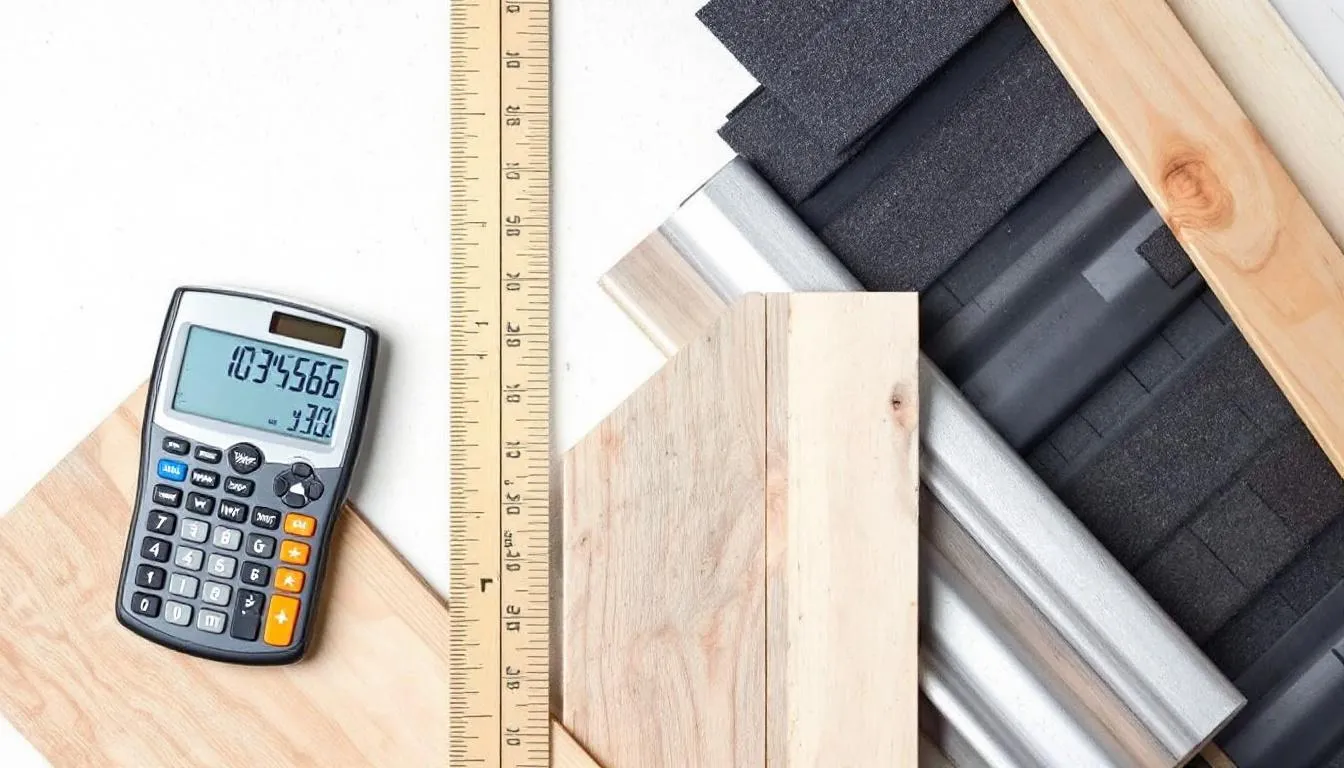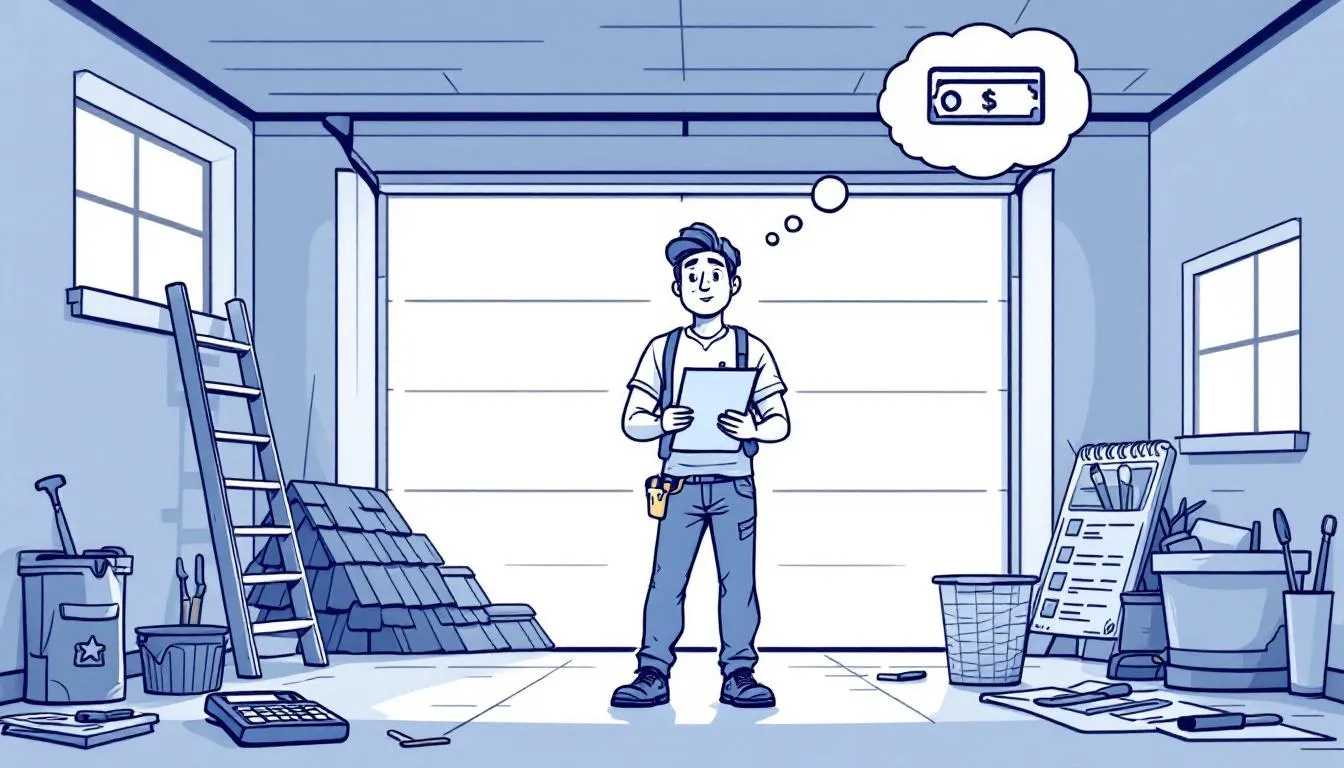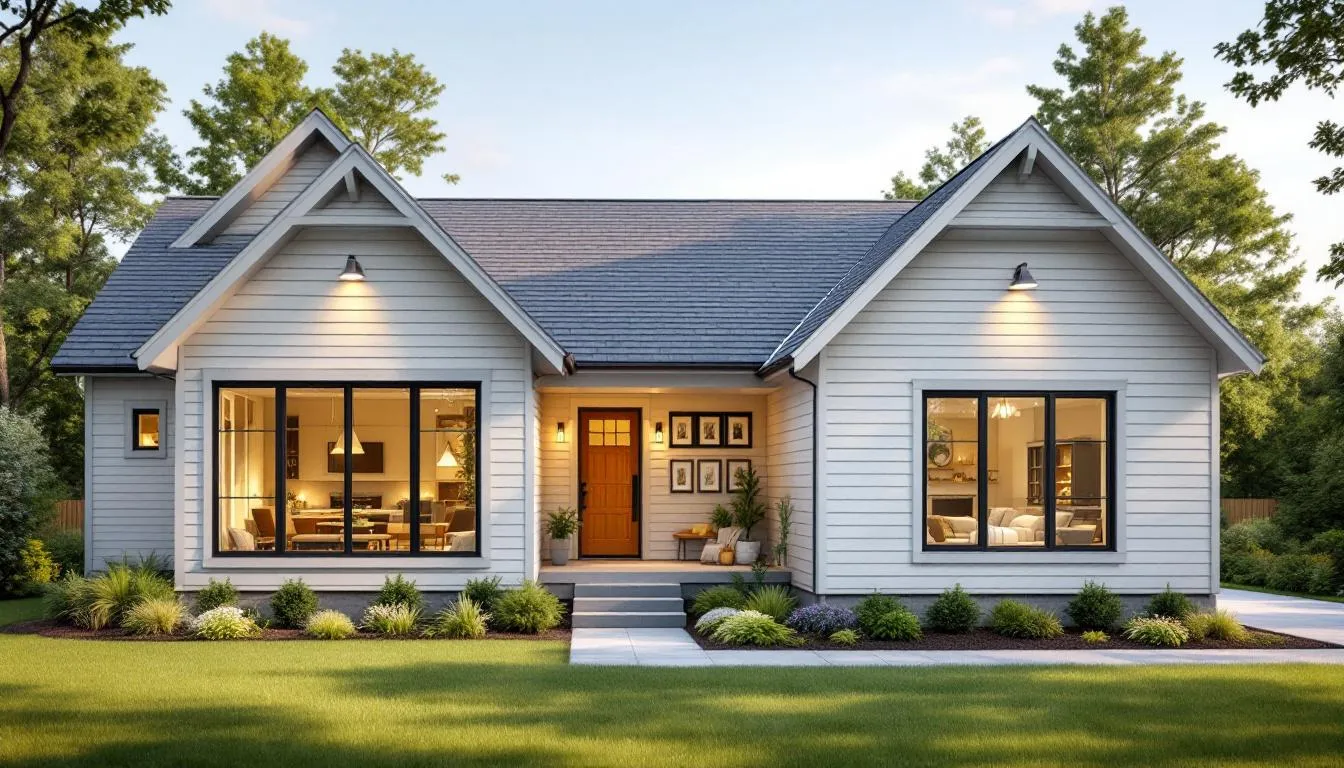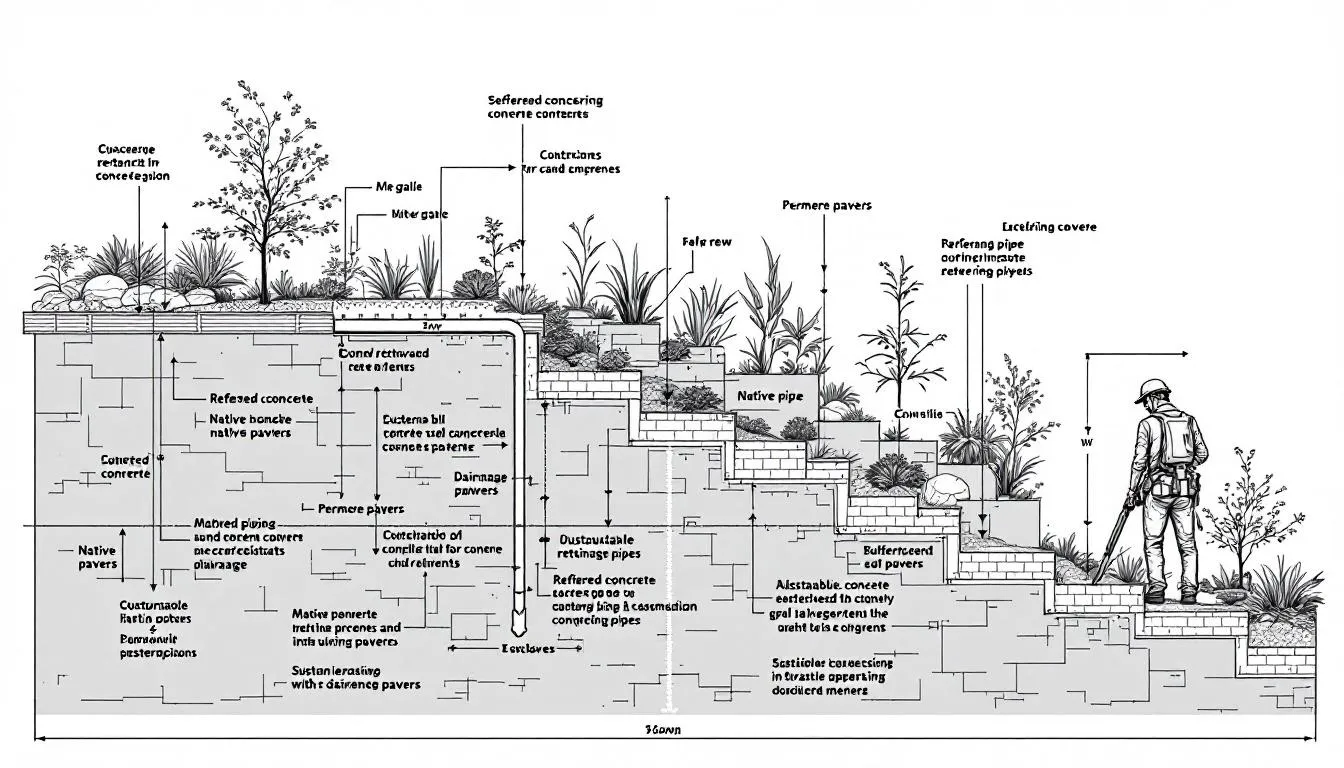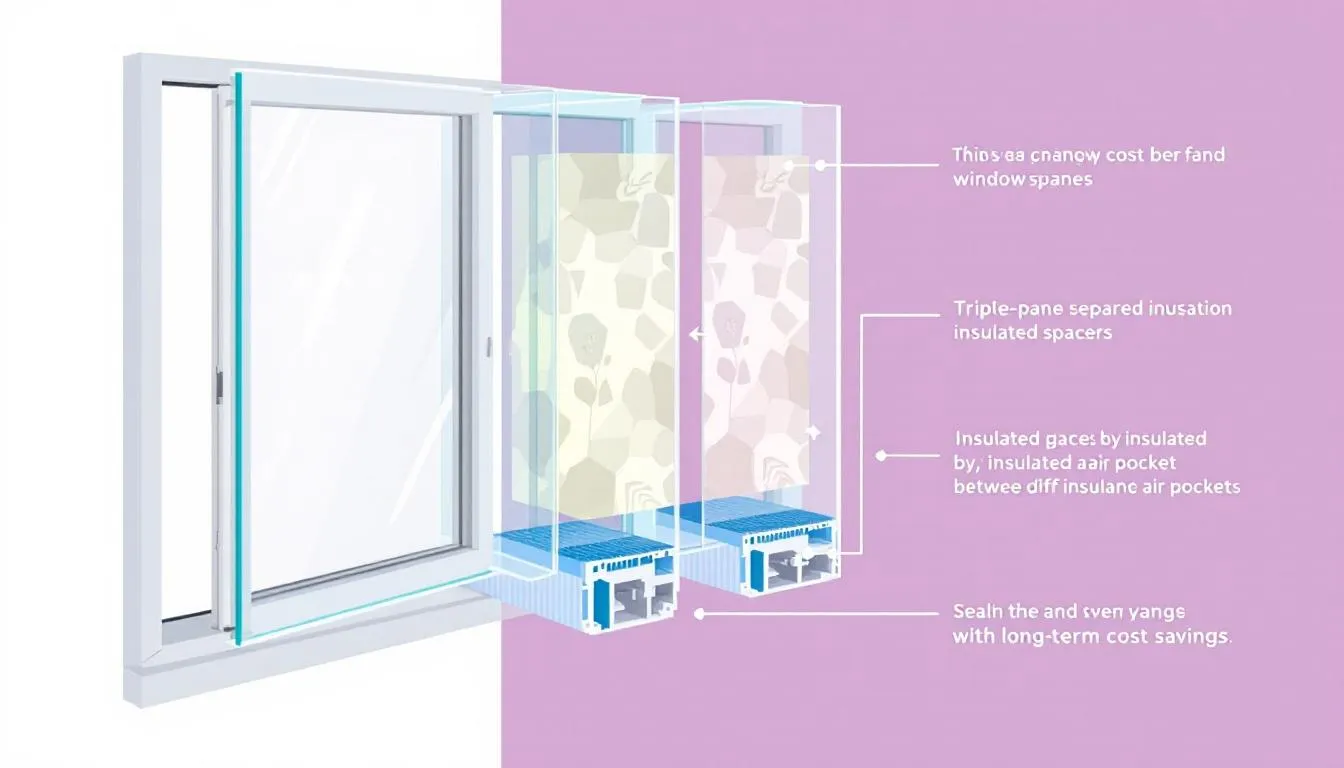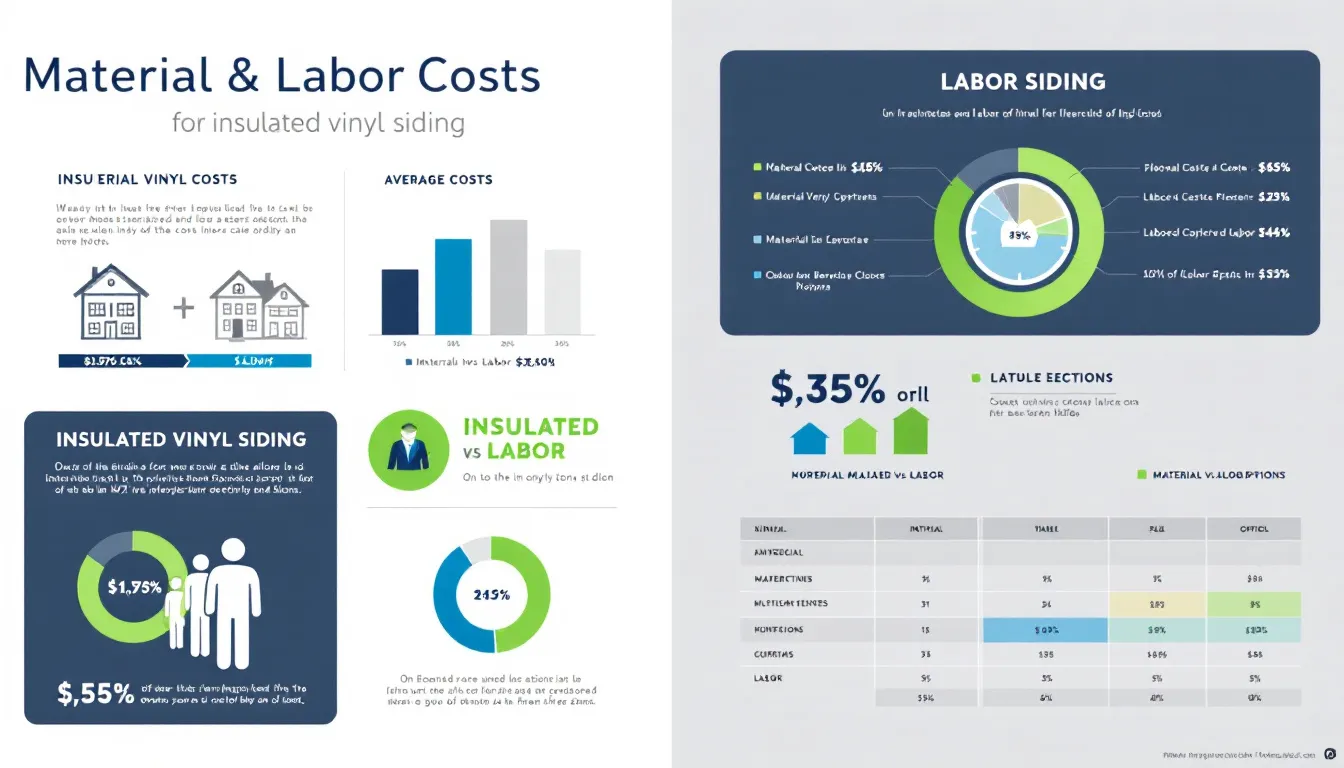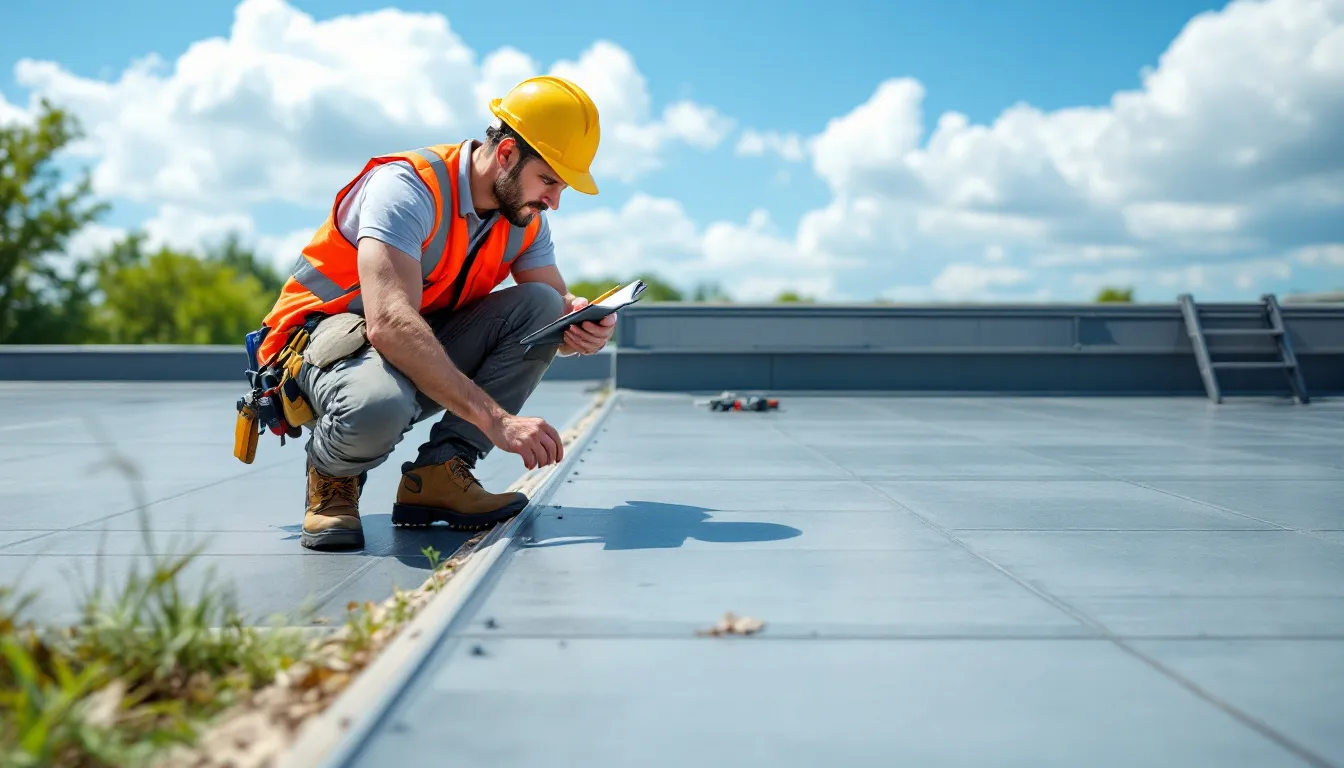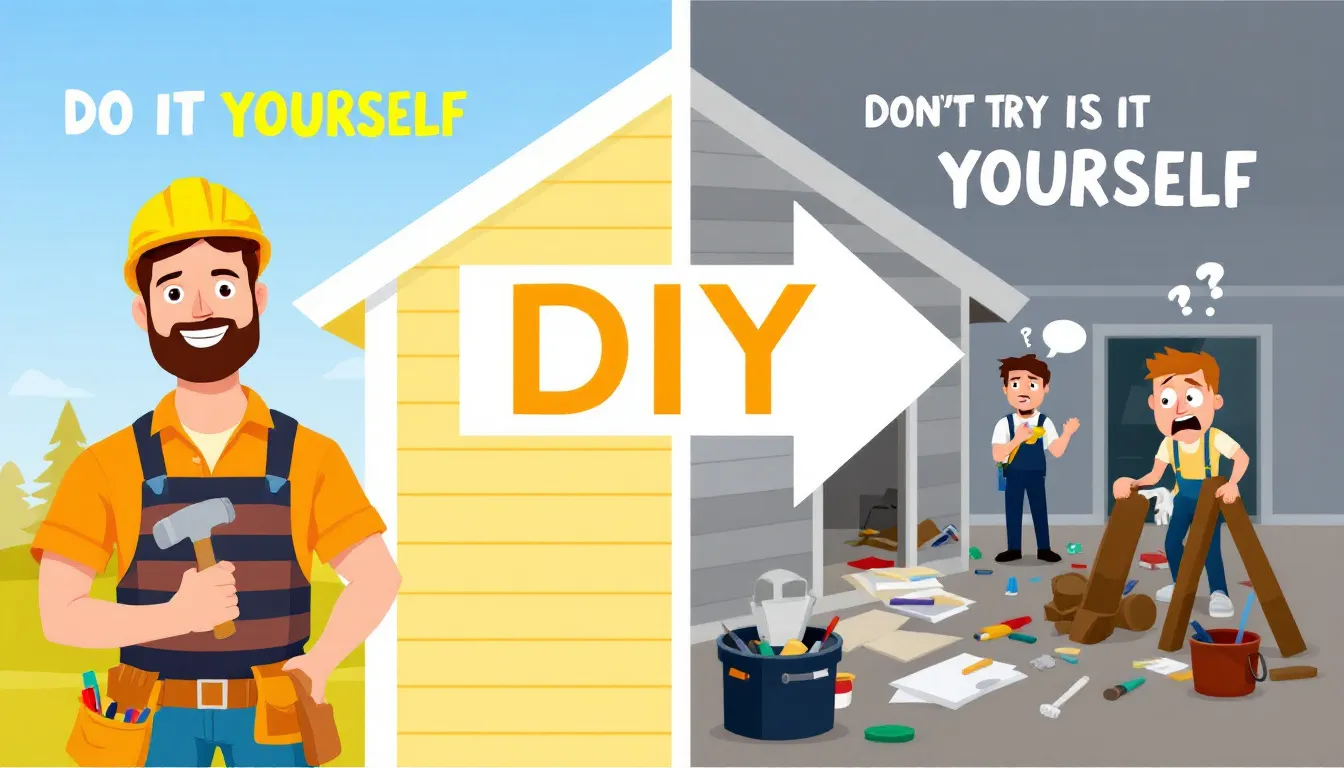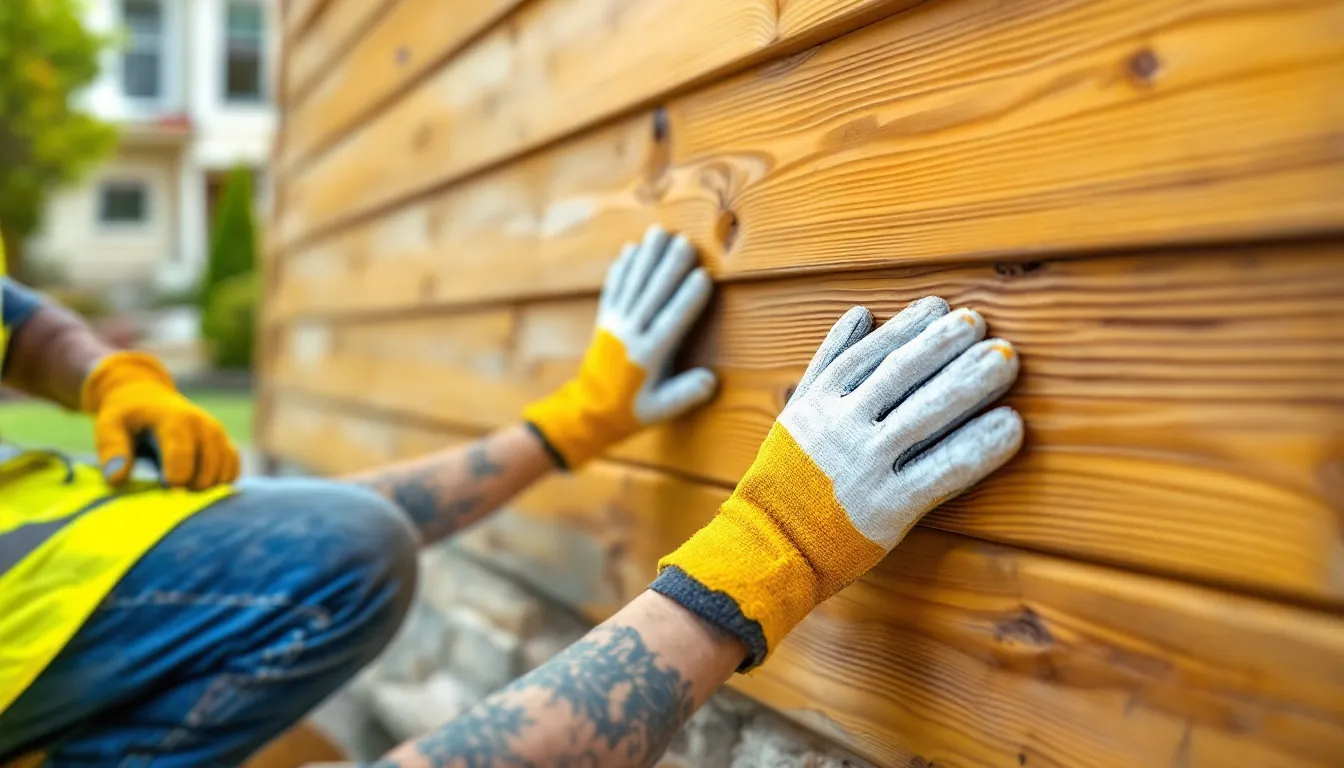Top Energy Efficient Siding Options to Reduce Utility Bills
Want to lower your utility bills? Choosing the right energy efficient siding can make a big difference. In this article, we’ll cover the best energy efficient siding options to reduce utility bills, helping you save money and improve home comfort.
Key Takeaways
- Energy-efficient siding significantly reduces utility bills by enhancing insulation and stabilizing indoor temperatures.
- Different siding options, including insulated vinyl, fiber cement, and engineered wood, offer various benefits, such as durability, cost-effectiveness, and improved comfort.
- Proper installation and complementary upgrades are essential for maximizing the energy-saving potential of siding, leading to long-term financial benefits and increased home value.
Why Choose Energy Efficient Siding?
Opting for energy-efficient siding can substantially reduce your monthly utility expenses. This siding enhances insulation, decreasing reliance on heating and cooling systems, which leads to lower energy bills and significant savings on your energy bill.
In addition to financial savings, energy-efficient siding boosts indoor comfort. Enhanced insulation maintains stable interior temperatures, ensuring cozy living spaces throughout the year.
Upgrading to energy-efficient siding can also boost your home’s resale value. Buyers often prefer homes with lower utility bills and a smaller carbon footprint, making it a beneficial investment for both your wallet and the environment.
Insulated Vinyl Siding: A Cost-Effective Solution
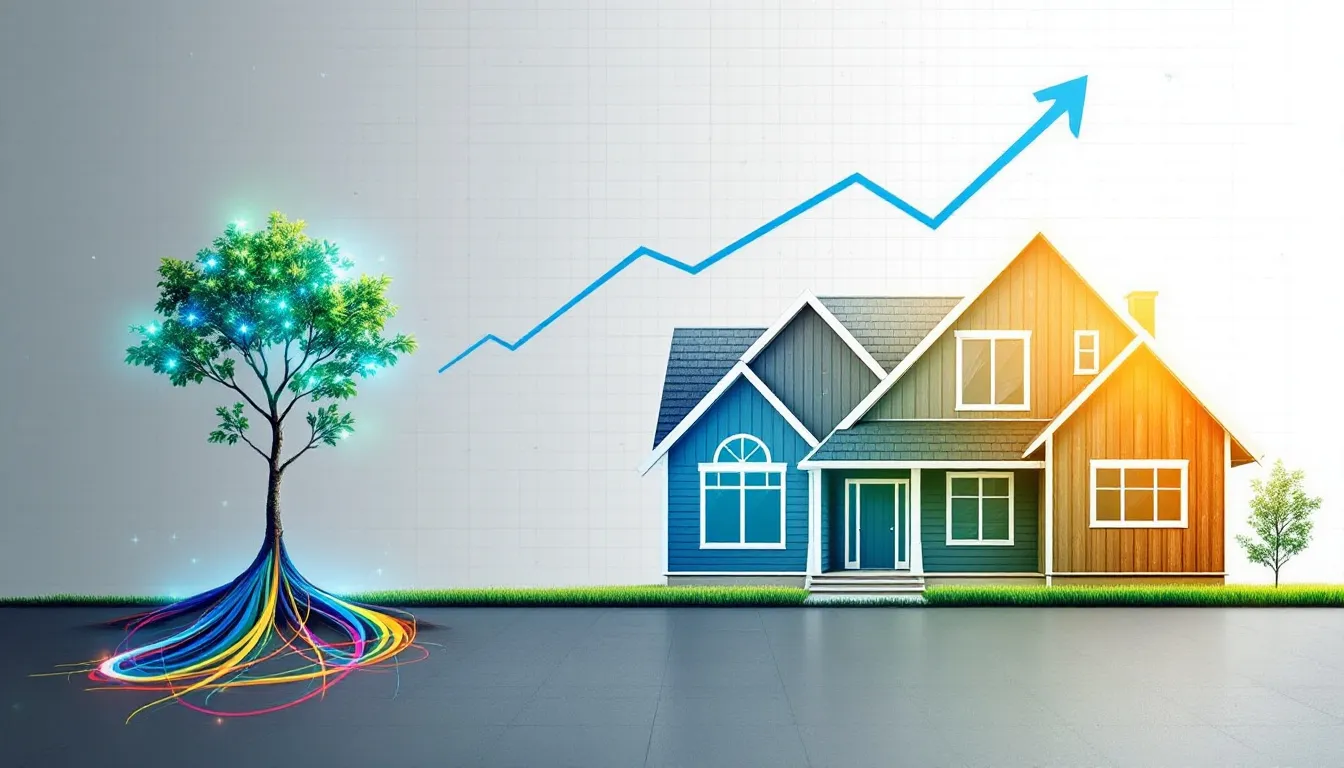
Insulated vinyl siding provides a cost-effective balance between expense and energy efficiency. By integrating foam insulation with vinyl panels, it enhances thermal resistance and stabilizes indoor temperatures, reducing energy expenses.
A key benefit of insulated vinyl siding is its ability to reduce heat transfer. It minimizes heat gain in summer and retains warmth in winter, making it efficient for various climates.
Furthermore, insulated vinyl siding improves sound insulation, creating a quieter home. Despite a higher initial cost compared to non-insulated options, the long-term energy savings and comfort make it a worthwhile investment.
Fiber Cement Siding: Durable and Efficient
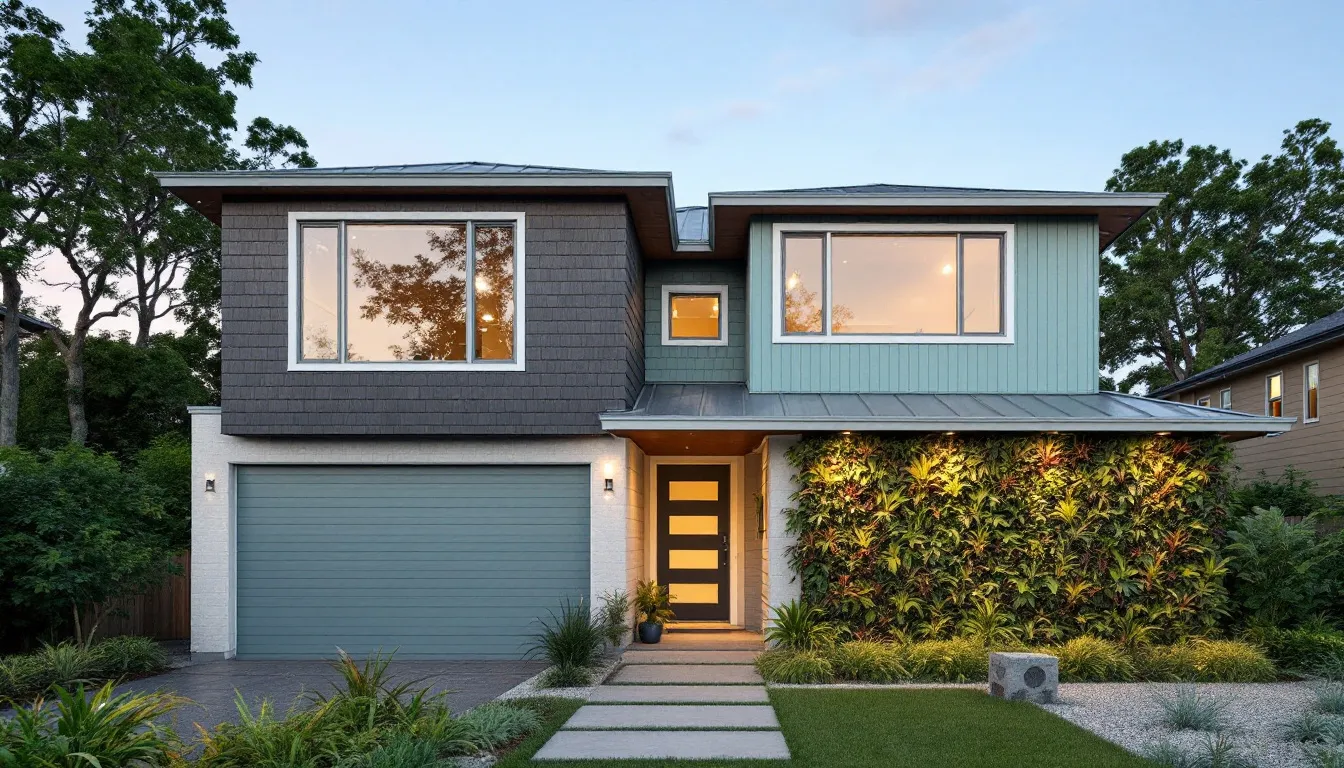
Fiber cement siding combines energy efficiency with durability. Known for its robustness and low maintenance, it withstands various weather conditions, making it ideal for different climates and affecting long-term cost and performance.
Fiber cement siding maintains a consistent indoor temperature by minimizing heat transfer, reducing reliance on heating and cooling systems and leading to lower energy bills. Although the initial cost is higher, the long-term savings and reduced maintenance make it a worthwhile investment.
With its energy-efficient properties, durability, and low maintenance, fiber cement siding is an appealing option for homeowners seeking to improve their home’s thermal performance and aesthetic appeal.
Engineered Wood Siding: Traditional Look with Modern Efficiency
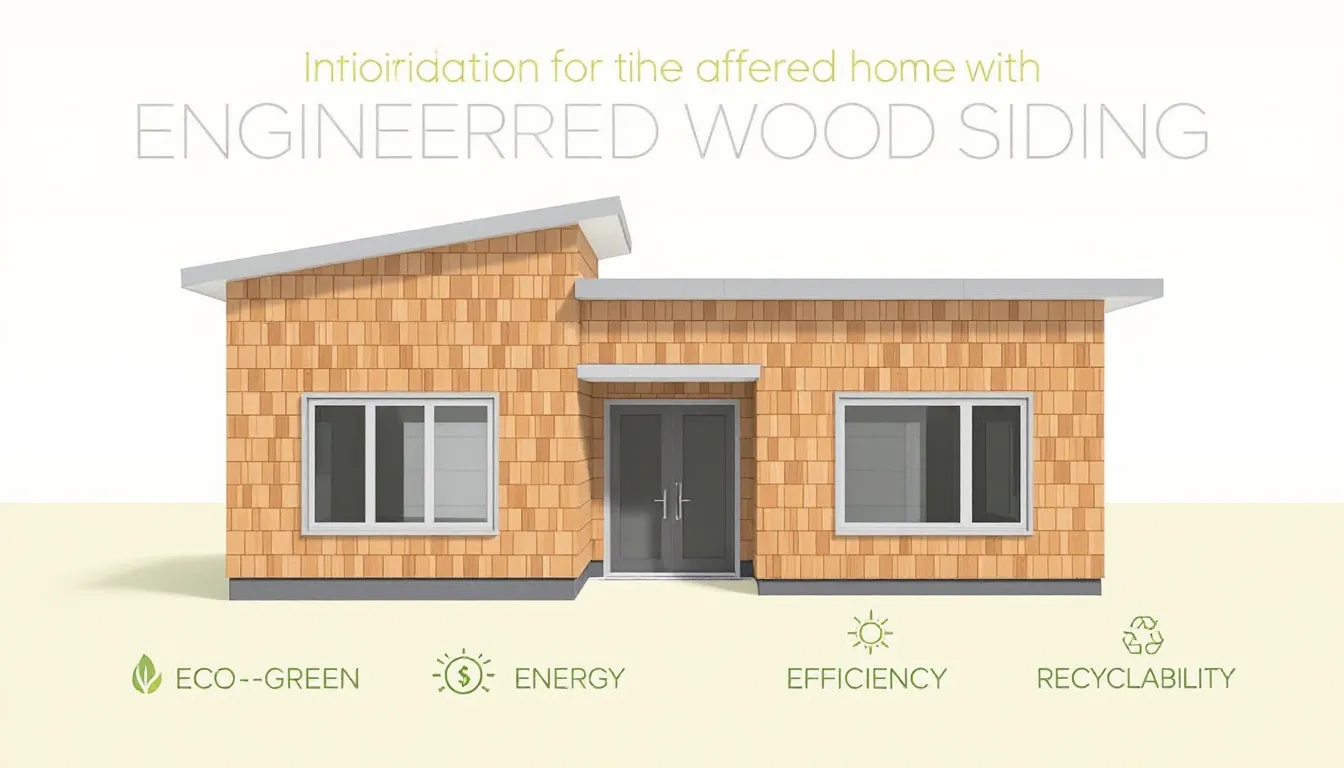
Engineered wood siding combines the look of traditional wood with modern energy efficiency. It offers moderate insulation, making it a viable option for enhancing your home’s energy efficiency.
Engineered wood siding is durable and easier to maintain than traditional wood. It typically lasts 20-30 years with proper care, including regular washing and inspections, but infrequent painting, reducing long-term maintenance efforts and costs.
Made from recycled wood products, engineered wood siding is environmentally friendly. It mimics traditional wood’s appearance while offering greater durability, making it an attractive and popular choice for homeowners.
Steel Siding: Reflective and Resilient
Steel siding is effective at reflecting sunlight, reducing cooling expenses in warmer climates by minimizing heat gain and keeping your home cooler during summer.
In addition to its reflective properties, steel siding is resilient in extreme weather. With an R-value around 2.5 when insulated, it offers decent energy efficiency. Its durability and thermal performance make it a solid choice for various climates.
Stucco and EIFS: High Insulation Performance
Stucco and Exterior Insulation and Finish Systems (EIFS) offer high insulation performance, often matching or exceeding insulated vinyl siding. EIFS provides a continuous thermal barrier, enhancing energy savings by reducing heat transfer.
However, stucco siding poses challenges. It is more difficult and expensive to install, and it is prone to cracking and requires regular maintenance, especially in wet climates where its porous nature can lead to water damage.
Understanding R-Value and Its Importance
R-value is key to evaluating the insulation effectiveness of siding materials. It measures resistance to heat flow, with higher values indicating better insulation, helping homeowners assess how well a siding material will insulate their home and reduce energy loss.
Different siding materials have varying R-values. Insulated vinyl siding typically ranges from 2.0 to 4.0, higher than regular vinyl siding at around 0.61. EIFS can achieve R-values between 3 and 5 per inch, while traditional stucco has an R-value of about 0.20.
Effective insulation is key for energy efficiency, trapping air and preventing outside temperatures from affecting your home while retaining conditioned air. Choosing siding materials with higher R-values can significantly improve your home’s energy efficiency.
Impact of Proper Installation on Energy Efficiency
Proper installation is crucial for maximizing the benefits of energy-efficient siding. Incorrect installation can cause moisture issues, mold, and structural problems, undermining its effectiveness. A tight seal is needed to prevent air leaks and reduce energy loss.
When correctly installed, energy-efficient siding can significantly reduce heating and cooling costs by enhancing insulation and minimizing air leaks, reducing strain on your systems and creating a more comfortable home.
Homeowners should consider climate, insulation performance, and installation quality when planning siding installation. Properly installed siding enhances energy efficiency and contributes to long-term durability and performance.
Comparing Energy Efficient Siding to Traditional Siding
Energy-efficient siding offers several advantages over traditional wood siding, primarily due to its insulation layer, which enhances thermal performance, reduces energy costs, and improves indoor comfort.
Vinyl and fiber cement siding are popular for their durability, low maintenance, and energy efficiency. In contrast, traditional wood siding requires frequent maintenance and provides less insulation, resulting in higher energy bills and less stable indoor temperatures.
Overall, energy-efficient siding reduces energy consumption and costs while offering increased comfort, durability, and ease of maintenance compared to traditional energy efficient siding material.
Long-Term Financial Benefits of Energy Efficient Siding
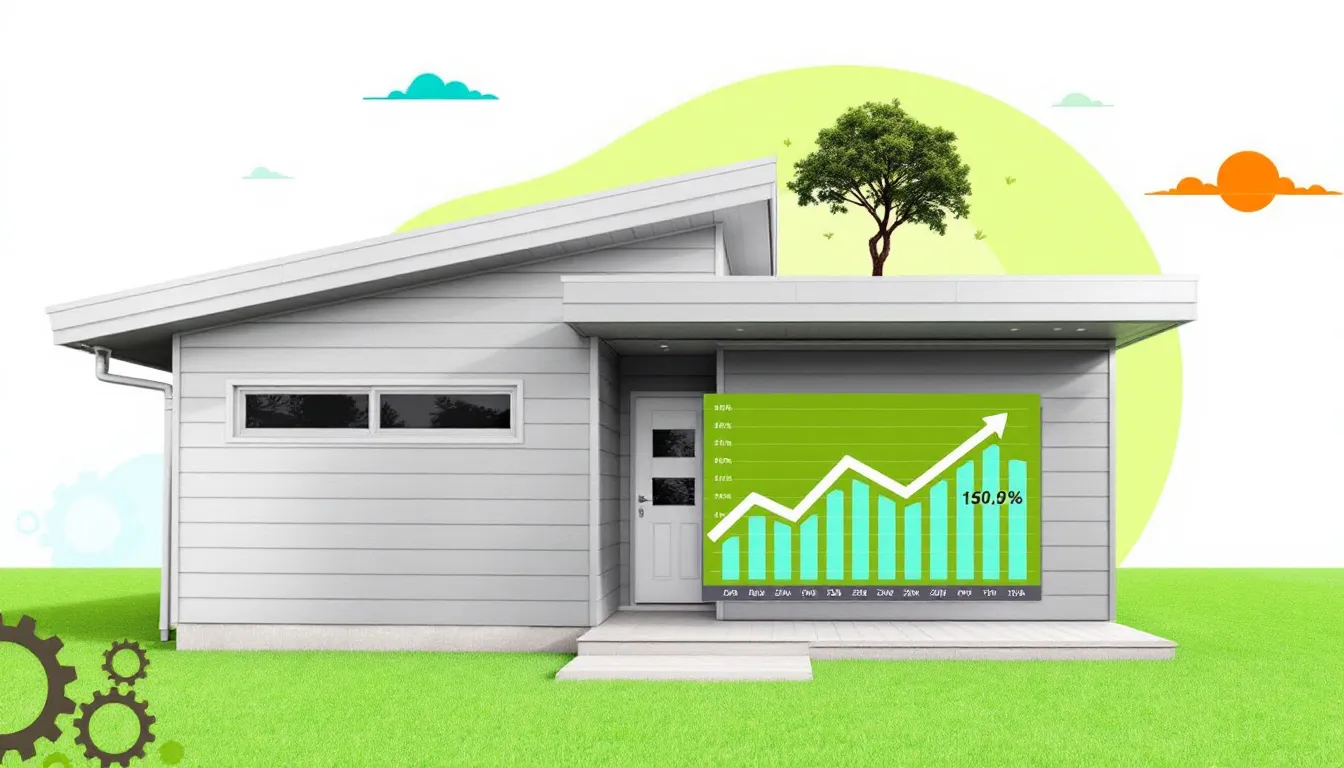
Investing in energy-efficient siding can lead to significant long-term utility savings. Quality siding reduces energy bills by enhancing insulation and minimizing air leaks, creating a more comfortable indoor environment. These savings can offset the initial installation costs over time.
Homeowners can benefit from tax credits and rebates for installing energy-efficient siding, reducing the upfront investment. States like Massachusetts offer special incentives for such upgrades, with some materials providing up to an 88% ROI.
Energy-efficient siding can also boost a home’s resale value by improving curb appeal and lowering energy costs. Long-term financial benefits include savings on energy bills, increased home value, and reduced maintenance costs.
Maximizing Energy Savings with Complementary Upgrades
Complementing energy-efficient siding with other upgrades can maximize energy savings. Proper insulation reduces heat transfer, retaining warm air in winter and keeping it out in summer. Regular maintenance, such as inspecting siding, cleaning gutters, and checking attic insulation, also helps reduce costs.
Energy-efficient windows and HVAC systems can further enhance your home’s energy efficiency. Sealing, insulating, and ventilating your home effectively leads to significant energy savings and increased comfort.
Incorporating these upgrades alongside energy-efficient siding leads to lower energy bills and a more sustainable home. A holistic approach to energy efficiency maximizes the benefits of each upgrade.
Summary
Energy-efficient siding offers a multitude of benefits, from reducing energy bills and enhancing home comfort to increasing resale value and decreasing environmental impact. By understanding the different types of energy-efficient siding and their unique advantages, homeowners can make informed decisions that lead to long-term savings and a more comfortable living environment.
Investing in energy-efficient siding, along with proper installation and complementary upgrades, can transform your home into a more energy-efficient, cost-effective, and comfortable space. Embrace the benefits of energy-efficient siding and take the first step towards a greener, more sustainable future.
